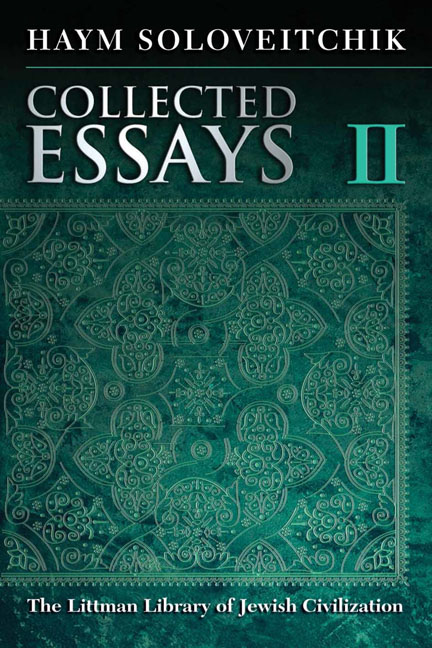Book contents
- Frontmatter
- Dedication
- Preface
- Acknowledgments
- Contents
- Note on Transliteration and Conventions Used in the Text
- PART I RE-EVALUATION OF ELEVENTH-CENTURY ASHKENAZ
- PART II MARTYRDOM UNDER CROSS AND CRESCENT INTRODUCTION
- PART III MISHNEH TORAH
- Bibliography of Manuscripts
- Source Acknowledgments
- Index of Names
- Index of Places
- Index of Subjects
7 - Communications and the Palestinian Origins of Ashkenaz
- Frontmatter
- Dedication
- Preface
- Acknowledgments
- Contents
- Note on Transliteration and Conventions Used in the Text
- PART I RE-EVALUATION OF ELEVENTH-CENTURY ASHKENAZ
- PART II MARTYRDOM UNDER CROSS AND CRESCENT INTRODUCTION
- PART III MISHNEH TORAH
- Bibliography of Manuscripts
- Source Acknowledgments
- Index of Names
- Index of Places
- Index of Subjects
Summary
THE CONTENTION of this essay is that the recent scholarship on communication in early medieval Europe has undermined the major tacit assumption of the reigning theory of the cultural origins of the Ashkenazic community.
Nineteenth-century Jewish scholars who pioneered the academic study of Judaism (Wissenschaft des Judentums) discovered that the Ashkenazic rite had strong Palestinian influences, and the past half-century has witnessed a vigorous reassertion of this viewpoint. It has been claimed that the underlying religious culture of Early Ashkenaz was Palestinian, and that only later, some say as late as the mid-eleventh century, did the Babylonian Talmud achieve the dominance in the religious life of Ashkenaz with which we commonly associate it. Whether one dates the Babylonian supersession in this culture to the mid-eleventh century or advances it to the mid-tenth century, the Palestinian origin of Ashkenazic culture is agreed upon by all; indeed, it may currently be called a scholarly commonplace.
I have long had my doubts about this truism on both methodological and empirical grounds which I will present in the next chapter. Here I would like to challenge its underlying premise, namely, that the nascent Ashkenazic community was located in some transalpine corner of Europe with only a tenuous connection to the East and dependent on a single cultural source whose pipeline ran from Byzantine Palestine to Byzantine southern Italy and from there through the Alpine passes to the Rhineland. The liturgical poetry of Ashkenaz was, indeed, nurtured by just such an umbilical cord, and so, it is claimed, it stands to reason that its culture generally, and its religious rites in particular, were similarly nourished.
It seems best to begin with the results of recent studies in the Ashkenazic manuscript traditions of the Babylonian Talmud. This may seem somewhat esoteric, but its relevance will soon be apparent. The work of the last forty years has been well summarized by Vered Noam:
[E. S.] Rosenthal has noted that there are two manuscript traditions [of the Talmud]: an eastern one, [best] reflected in the writings of R. Ḥanan’el [of Kairouan], and another widespread version, which he called the ‘vulgata’, which is reflected not only in the writings of Rashi and the Franco-German Tosafists but also in Spanish manuscripts and even in very old eastern manuscripts and Genizah fragments.
- Type
- Chapter
- Information
- Collected EssaysVolume II, pp. 122 - 144Publisher: Liverpool University PressPrint publication year: 2014



